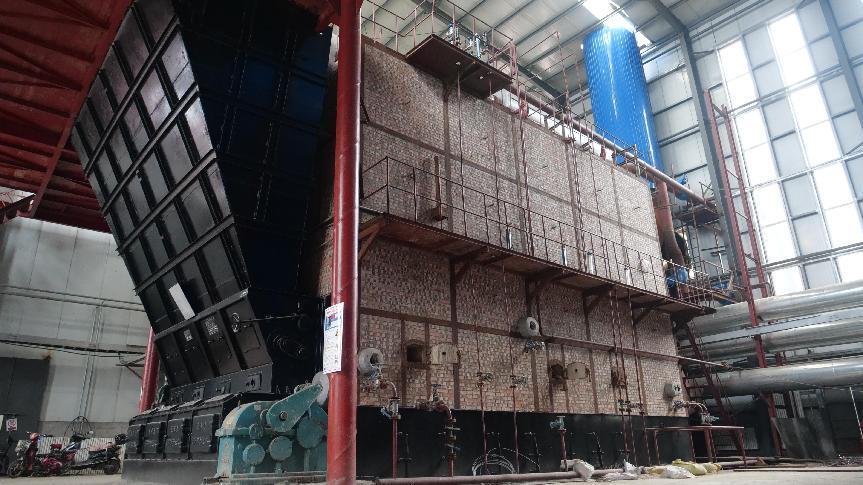
নভে. . 23, 2024 10:47 Back to list
steam boiler installation guide
Steam Boiler Installation Guide
Installing a steam boiler is a complex process that requires careful planning, adherence to specific regulations, and skilled labor. This guide provides an overview of the essential steps and considerations involved in the installation of a steam boiler.
1. Pre-Installation Preparation
Before commencing the installation, it's crucial to assess the installation site. Ensure that the location has adequate space and is compliant with local building and safety codes. Inspect the area for sufficient ventilation, as boilers require proper airflow to operate efficiently and safely. Additionally, confirm that the foundation is stable and can support the weight of the boiler.
2. Choosing the Right Boiler
Selecting the right steam boiler is vital to ensuring optimal performance and efficiency. Consider factors such as the required steam output, fuel type (natural gas, oil, or electricity), and efficiency ratings. Additionally, evaluate the boiler’s size to match the specific heating requirements of the facility. Consulting with a qualified professional can help in making the best choice for your needs.
Once the site is prepared and the appropriate boiler is selected, the next step involves the actual installation. Begin by positioning the boiler on a solid base. Ensure that all connections, including water supply, fuel supply, and electrical connections, are correctly made. Follow the manufacturer's specifications regarding piping and ensure that it is in compliance with local codes.
4. Water and Steam Lines
steam boiler installation guide

Careful consideration must be given to the water and steam lines. Install these lines per the boiler manufacturer's guidelines, ensuring there are no leaks. The sizing of pipes is critical to maintain efficiency; oversized pipes can lead to pressure drops, while undersized pipes may create excessive back pressure.
5. Safety Equipment
It is mandatory to install necessary safety devices, such as pressure relief valves, gauges, and alarms. These components are essential for monitoring the boiler's operation and preventing accidents. Regularly test and maintain all safety equipment according to the manufacturer's recommendations and local regulations.
6. Filling and Testing the System
After installation, the boiler must be filled with water and undergo a pressure test to check for leaks and ensure that all components are functioning correctly. Monitor the system closely during this process, paying attention to all safety devices and operational parameters.
7. Training and Maintenance
Once installation is complete and testing is successful, it’s crucial to provide training for operators. Understanding how to operate the steam boiler safely and efficiently is essential for longevity and performance. Establish a regular maintenance schedule to keep the boiler in optimal working condition. Regular inspections and servicing can prevent unexpected failures and extend the lifespan of the equipment.
Conclusion
Installing a steam boiler is a significant investment that requires thorough planning and professional execution. By following this guide and adhering to safety protocols, you can ensure a successful installation that meets operational needs while providing safe and reliable steam service. Always consult with professionals and comply with local regulations to achieve the best results.
-
How to Maintain a Steam Boiler Expert Tips for Efficiency & Longevity
NewsApr.29,2025
-
Professional Steam Boiler Service AB Expert Maintenance & Repair
NewsApr.29,2025
-
Hot Water Steam Boilers Efficient Heating Solutions & Expert Tips
NewsApr.29,2025
-
Hot Water Boiler Capacity Calculation Guide Efficient Design Tips
NewsApr.28,2025
-
How to Drain a Steam Boiler Step-by-Step Safety Guide
NewsApr.28,2025
-
How to Install a Hot Water Boiler Optimal Pressure & Efficiency Guide
NewsApr.28,2025
Related PRODUCTS






















